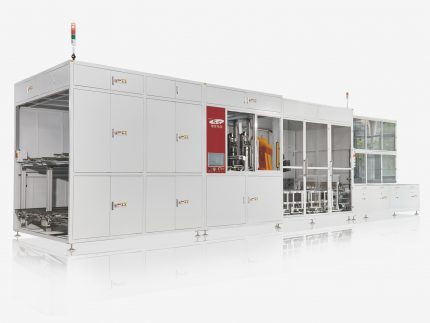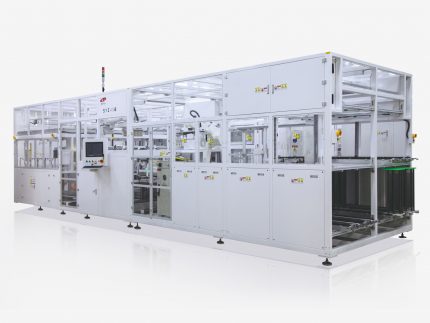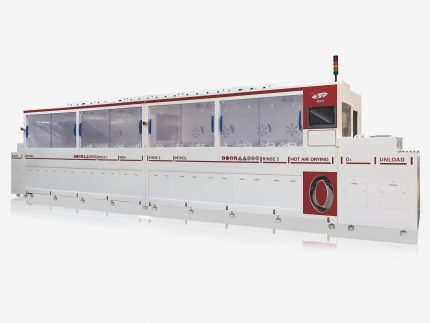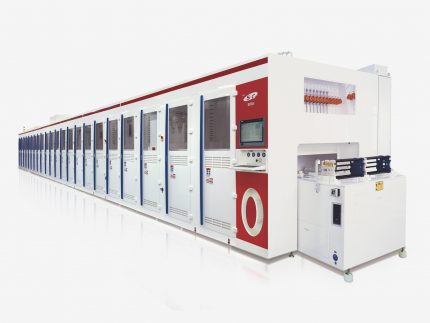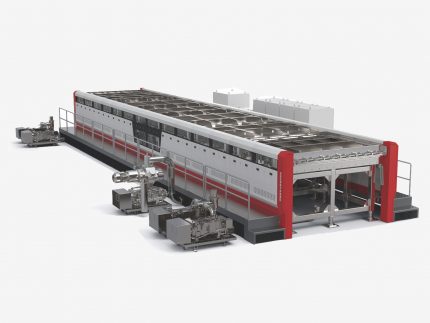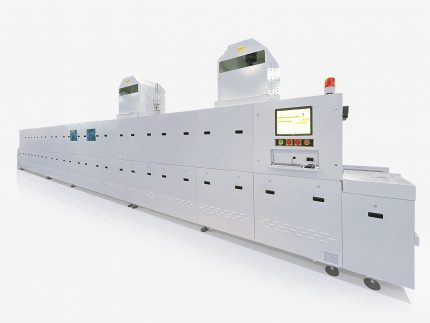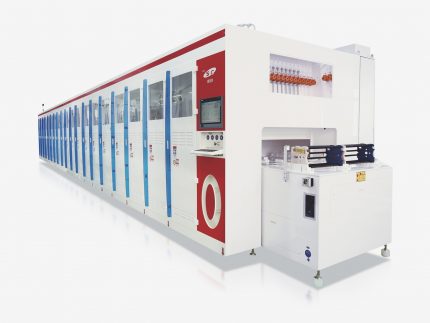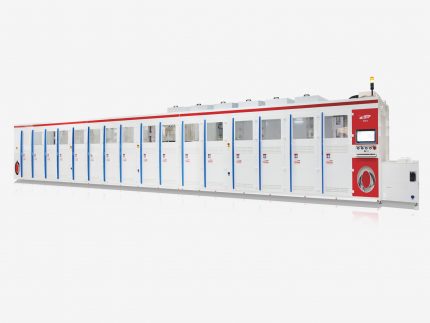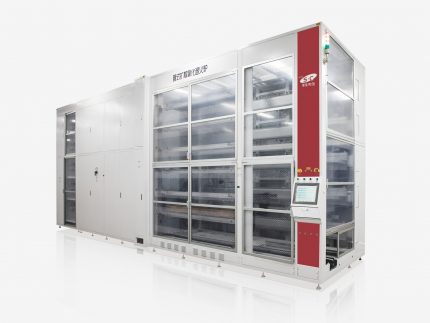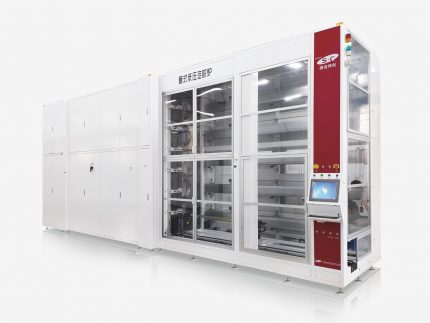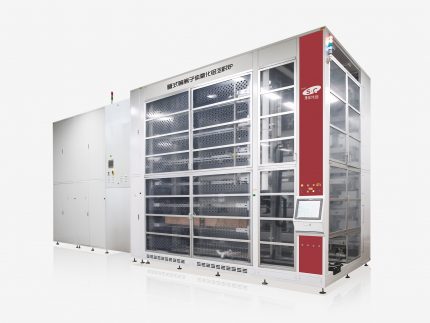Solar Cell Manufacturing
Solar cell manufacturing is the process of fabricating and assembling materials essential for the production of solar photovoltaic (PV) panels. These panels are at the forefront of harnessing solar energy, converting sunlight into electricity through the photovoltaic effect. The manufacturing of solar cells involves several stages and subcomponents, each playing a crucial role in the efficient and reliable operation of solar energy systems.
Key Components of Solar Cell Manufacturing:
- Wafer Production: The manufacturing process commences with the production of silicon wafers, which serve as the foundation for solar cells. Silicon, a semiconductor material, is purified and transformed into thin, circular wafers through slicing and polishing processes. These wafers serve as the substrate upon which solar cells are fabricated.
- Solar Cell Fabrication: Solar cells are semiconductor devices that convert sunlight into electricity. The fabrication of solar cells involves several intricate steps, including:
- Texturing: The surface of the silicon wafer is textured to enhance light absorption by reducing reflection.
- Doping: Dopant materials, such as phosphorus and boron, are introduced into the silicon wafer to create regions with excess electrons (N-type) and regions with a deficit of electrons (P-type), forming a semiconductor junction.
- Metallization: Metal contacts are applied to the front and back surfaces of the solar cell to facilitate the flow of generated electricity.
- Passivation: The surfaces of the solar cell are passivated to minimize surface recombination and improve efficiency.
- Antireflective Coating: A thin film of antireflective coating is applied to the front surface of the solar cell to further enhance light absorption.
- Module Assembly: Once solar cells are fabricated, they are assembled into solar panels through module assembly. This process involves encapsulating solar cells within protective layers, such as tempered glass, encapsulant, and backsheet, to form a durable and weather-resistant module. The modules are then framed and tested to ensure quality and performance.
Technological Advancements and Innovations:
Solar cell manufacturing has witnessed significant technological advancements and innovations aimed at improving efficiency, reducing costs, and enhancing performance. Key innovations include:
- PERC (Passivated Emitter Rear Cell) Technology: PERC technology enhances solar cell efficiency by passivating the rear surface of solar cells, reducing recombination losses and increasing light absorption.
- Bifacial Solar Cells: Bifacial solar cells capture sunlight from both the front and back sides, increasing energy yield and performance in various environments.
- Heterojunction (HJT) Solar Cells: Heterojunction solar cells utilize multiple semiconductor materials to improve efficiency and reduce manufacturing costs.
- Thin-Film Solar Technologies: Thin-film solar technologies, such as cadmium telluride (CdTe) and copper indium gallium selenide (CIGS), offer alternative approaches to silicon-based solar cells, providing flexibility, lightweight, and cost advantages.

